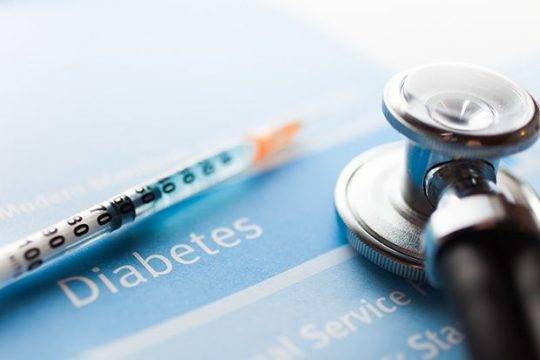Diabetes has an impact on the relative effect of ticagrelor and prasugrel in patients undergoing acute coronary syndrome (ACS) according to a recent analysis of the ISAR-REACT 5 published in JACC Intv.

Similarly to the main study outcomes, this sub-analysis of the ISAR-REACT 5 has shown that the combined end point of death, MI or stroke at one year is higher in patients treated with ticagrelor vs prasugrel (8.6% ticagrelor vs 5.2% prasugrel: HR 1.70; CI 95% 1.29-2.24). What is new is that this is true only for the NON-diabetic population.
Diabetic patients have higher events rate, but there are no differences between the two drugs (11.2% ticagrelor vs 13.0% prasugrel; HR 0.84; CI 95% 0.58-1.24). Diabetes had a significant impact on antiaggregation effect (p=0.0035 for the interaction).
Bleeding was not affected by diabetes both with ticagrelor and prasugrel.
The ISAR-REACT 5 outcomes came as a surprise even for researchers, who expected ticagrelor superiority. There are many questions and few answers.
Why does the advantage of prasugrel lessens in the context of diabetes?
This might be explained by platelet hyperactivity in diabetic patients and by reduced active metabolites with prasugrel. Ticagrelor, which does not require metabolic activation, could his way compensate for lost ground and show similar results to prasugrel’s in the diabetic population.
Read also: Coronary Disease in Diabetes: Diabetic Patients Have Much Greater Plaque Progression.
The separate components of the primary end point showed no difference between the drugs in the diabetic population. This included stent thrombosis rate.
On the other hand, in the NON-diabetic cohort, prasugrel showed a numerical benefit in mortality (3.0% vs 4.1%; p=0.077), a significant benefit in MI (2.1% vs 4.6%; p<0.001) and a significant benefit in stent thrombosis (0.3% vs 1.0%; p= 0.020).
The safety end point (3 to 5 BARC bleeding in one year) resulted similar between the drugs, both for diabetics (6.9% vs 5.5%; p=0.425) and non-diabetics (5.2% vs 4.6%; p=0.500).
Read also: Silent Diabetes Is the New Stealthy Enemy.
This might be the time to question the antiaggregation strategy bearing in mind that the studies that found ticagrelor (PLATO) and prasugrel (TRITON-TIMI 38) superiority vs. clopidogrel were published more than 10 years ago.
Patients with acute coronary syndrome in these studies received first generation bare metal and drug eluting stents, which do not exist anymore.
If these studies were carried out today, we should expect at least one significant difference in terms of stent thrombosis compared against the original outcomes.
Original title: Ticagrelor and prasugrel in patients with acute coronary syndromes and diabetes mellitus.
Reference: Ndrepepa G et al. J Am Coll Cardiol Intv. 2020;13:2238-2247.
Get the latest scientific articles on interventional cardiologySubscribe to our weekly newsletter
We are interested in your opinion. Please, leave your comments, thoughts, questions, etc., below. They will be most welcome.





